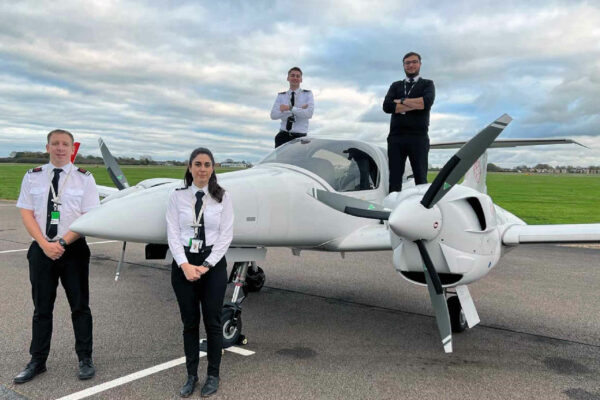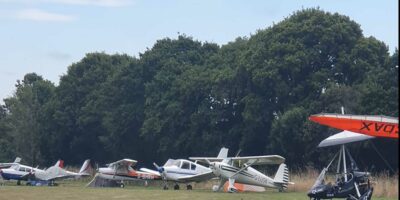Consultations and official documents are not fun, and not the reason why we go flying. Flying, for us, is something we love to do, it’s our hobby or pastime. For some lucky people it’s also a living. But I can guarantee none of us looks forward to spending time understanding the nitty-gritty of proposed changes, such as airspace.
Ideally, we’d all join at least one of the associations such as the Aircraft Owners and Pilots Association (AOPA), Light Aircraft Association (LAA), British Microlight Aircraft Association (BMAA) or the British Gliding Association (BGA). They have experts who take the time to wade through the official stuff, and hopefully signal when more action is required.
But even if we can’t, or don’t want to, maintain a watch on all of these things, it is important to keep an eye out for anything that may affect you locally.
That was my key takeaway from a September Zoom meeting with two of the people at the Airspace Change Organising Group (ACOG): Cheryl Monk, head of communications, and Tony Rapson, who is now General Aviation coordinator. Tony is a familiar name to GA. He set up the current General Aviation Unit at the CAA after working in various roles at the regulator, following a career in the RAF.
ACOG will be delivering Iteration 3 of its Airspace Modernisation Strategy master plan later this year. Airspace change is such a complex beast that ACOG is working through the master plan stage by stage, trying to balance all the demands of various stakeholders and move it along. The fact that there is now a voice for GA in the process is to be welcomed.
Tony and Cheryl are keen to stress the independent nature of ACOG. It’s not the love-child of NATS and the airlines, they insist, and GA has to be considered at every stage. In fact, Tony said that when he meets other stakeholders he tells them, “You are going to have to engage with GA, you’re expected to do that already. But actually, you need to be more proactive and be thinking about what you can do for GA because it says this in the airspace modernisation strategy.”
Will this mean tricky pockets of airspace that trap pilots into unintentional infringements will disappear? Does it mean that a controlled airspace authority who says it will provide clearances, then doesn’t, will be reprimanded? Does it mean the end of Temporary Danger Areas to allow drone tests? These are all questions we want answered – and there’s probably more – and Tony was able to confirm that our concerns were being noted.
And yes, action is happening. That Iteration 3 will actually have GA input, specifically around the Scottish TMA. Other areas of the country, such as the hugely unpopular Farnborough airspace expansion, will be coming up in months to come.
Tony’s final point to me was to encourage pilots to engage with local activity, whether that’s an airspace change proposal or filing a complaint to the CAA about clearances not being issued. Our individual voices count for a lot.
“You do have a voice in the room,” said Tony. “It is a complex process, I know, [to be] engaged with your local airspace. I can understand why the guys in Scotland aren’t interested in London and arguably they don’t need to be, but they do need to be interested in the Scottish one and vice versa. Look for what’s coming out and see how it’s going.”
More about ACOG here







